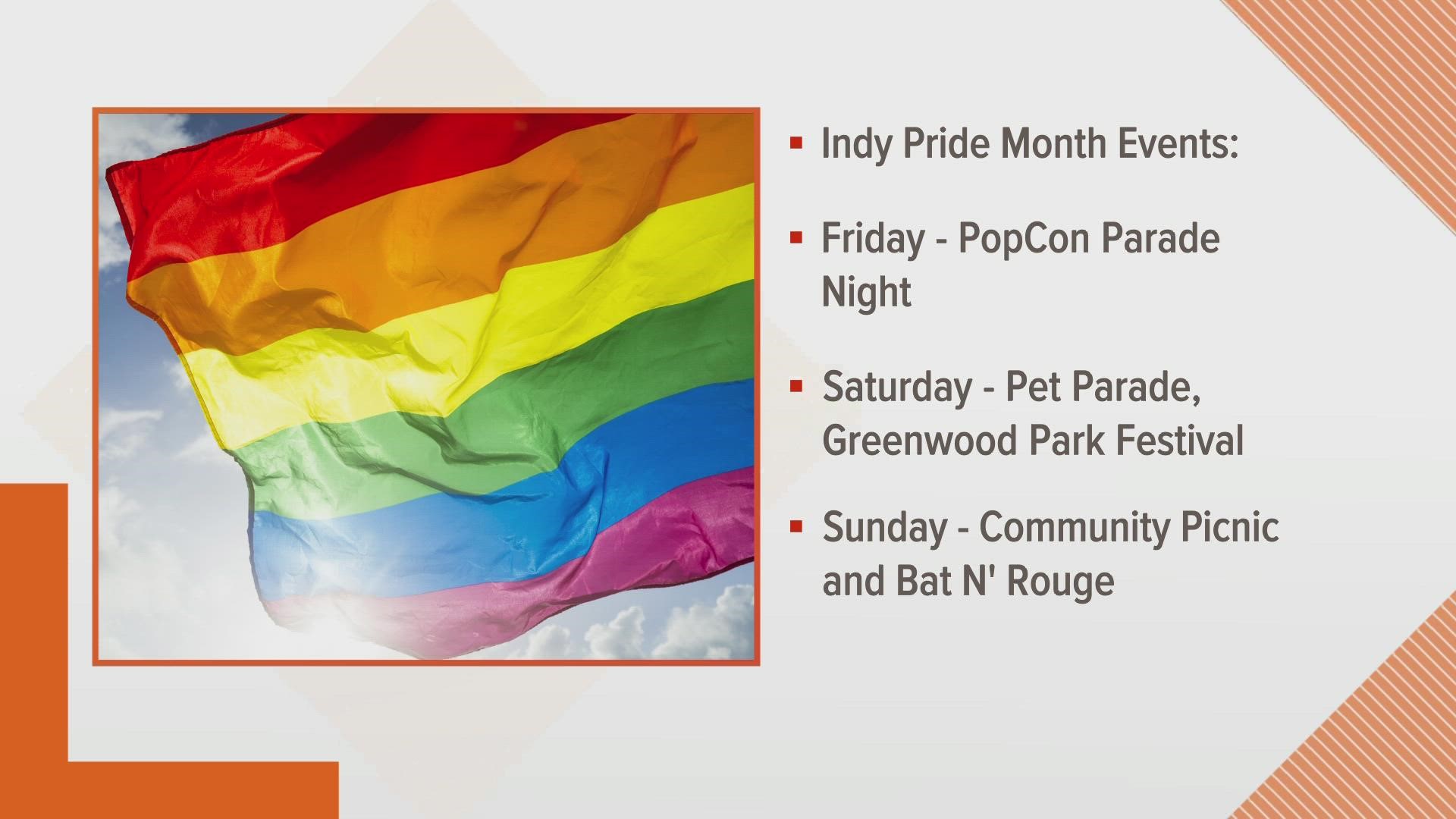INDIANAPOLIS — On the first day of June, the world becomes awash with rainbow.
Department stores sell Pride merchandise, Gay Pride filters become available on social media. Pride events begin to play out in cities across the country.
But entities keen to publicly express support for Pride today — businesses, police, church groups, politicians and companies — weren't always so eager to back queer rights in the past.
Rann DeStefano is a leader with Indiana Youth Group in Indianapolis. As a queer person coming of age in Indiana during the late 1980s, civil rights like marriage were not something he or colleagues expected to see in their lifetime — never mind the widespread of support for the queer community that tends to be amplified during Pride Month.
"We have to live in the present and look to the future, but let's not forget all those people who worked really hard to get us where we are. The rights we have today didn't just happen. They were hard-fought," DeStefano said.
Within a generation, LGBTQ+ organizers and activists created a dynamic where even organizations with the most contentious history with the queer community are now making a point to try and show allyship.
Zion Smith, 21, is a community organizer and activist with Queering Indy and 10Indy BLM, and said not all expressions of allyship for the LGBTQIA+ community necessarily resonate with folks in that community.
"I can just say I respect their attempt. I don't think their attempt is working very well," Smith said. "Now that Pride is something that's commercialized and everyone wants to be queer-friendly, it doesn't just take away however many years of trauma."
In 1977, the first time Gallup polled about gay rights, 56% of Americans believed gay people should have equal rights in terms of job employment. In 2019, that statistic rose to 93%.
When asked if gay or lesbian relations between consenting adults should be legal, 83% of Americans said yes in 2019 compared to 43% in 1977.
Attitudes have shifted. But queer community organizers say while the "Love Is Love" shirts, rainbow flags outside businesses and supportive posts on Instagram are nice, they consistently work to remind folks of the efforts and sacrifice of LGBTQ+ leaders who created a type of environment where queerness is accepted by the masses.
They are efforts that spanned generations.

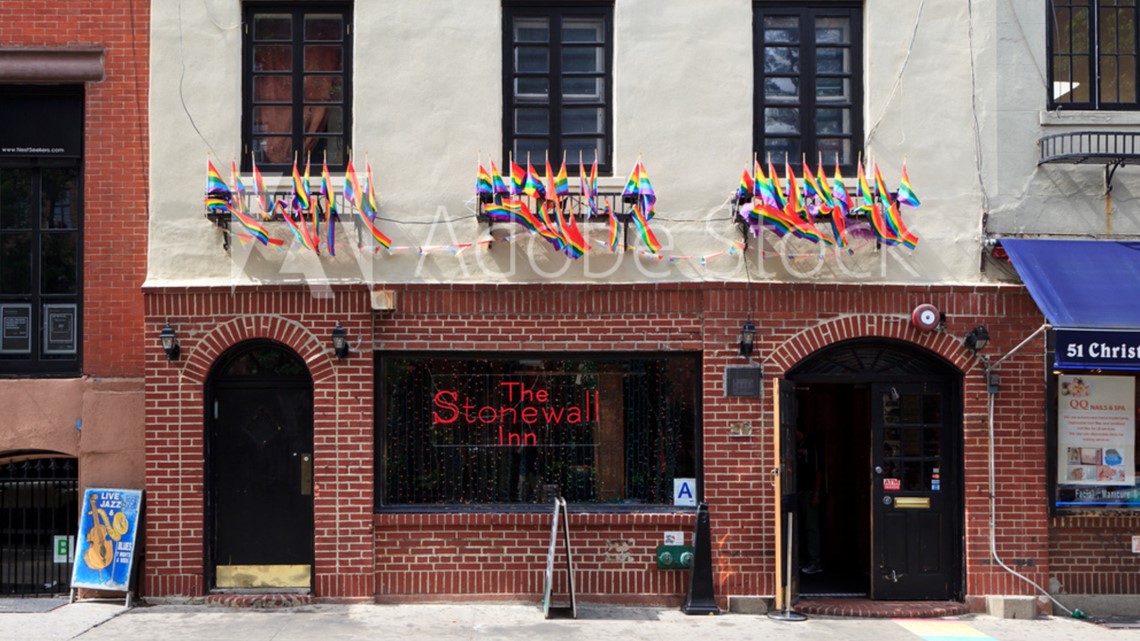
"Queer liberation began quite literally as resistance to police brutality," Smith said. "Every year we have to remind people where Pride comes from. And that's Black and brown trans sex workers."
The morning of Saturday June 28, 1969, LGBTQ+ people took to the streets after a police raid on the Stonewall Inn in Manhattan.
Eight NYPD officers had arrived at the bar undercover, targeting trans women and patrons in cross dress. They called it "masquerading" as a member of the opposite sex," and it was illegal in New York.
At the time, these raids were common. Police raided gay bars as they pleased. Places that had gay employees or served gay customers could be shut down.


But those raids played out amidst the backdrop of widespread anti-war sentiment and subsequent activism spurred on by the Vietnam War, where marginalized groups who did not have access to full civil rights began organizing for those in a more cohesive way.
So when police raided Stonewall that June night, people had enough.
Trans women and other patrons at Stonewall began fighting back and resisting arrest.
They included the likes of Marsha P. Johnson, a 23-year-old trans rights activist from New Jersey. She would later be known as The St. of St. Christopher's Street for her work and advocacy with the LGBTQ+ community.
And they included Silvia Rivera, a transgender activist who advocated for the rights of transgender people within the gay liberation movement for the entirety of her life.

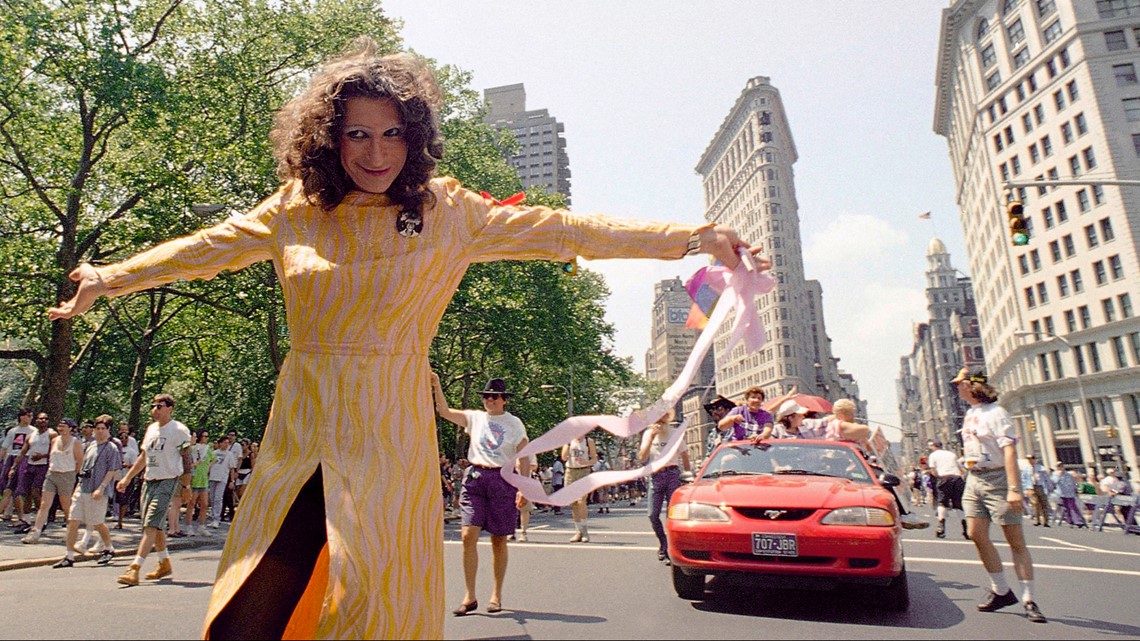
Their work inspired a resistance and marked the start of the modern gay rights movement in the United States.
A year after that uprising at Stonewall, the first gay pride marches were held in New York, Los Angeles and San Francisco to commemorate the anniversary on June 28, 1970.
Pride celebrations soon trickled out across the U.S. and the world, eventually coming to Indianapolis where people could gather to commemorate the Stonewall Uprising.
"It took a while, but we eventually got there and it just meant everything for our community," DeStefano said.
In 1981, the first Pride event in Indianapolis was a dinner at the Essex Hotel, according to Indy Pride. Such was the stigma surrounding queerness at the time, people wore masks as to not be seen.
Throughout DeStefano's life, he has seen firsthand how Pride evolved from small picnics on the west side of Indianapolis in the 1980s, to the large celebrations we see today.
"It was a space where people could authentically be themselves," DeStefano said.
After 10 years of more private Pride events, Justice Inc. held the first Celebration on Monument Circle in 1990, extending Pride's invitation as a more public event.
In those early years, public Pride festivities were happening in the midst of the AIDS epidemic, a time when the LGBTQ+ community was not only losing members of the community from the disease, but facing rampant prejudice because of it.
"For years people looked at AIDS as God's punishment on gay people," DeStefano said.

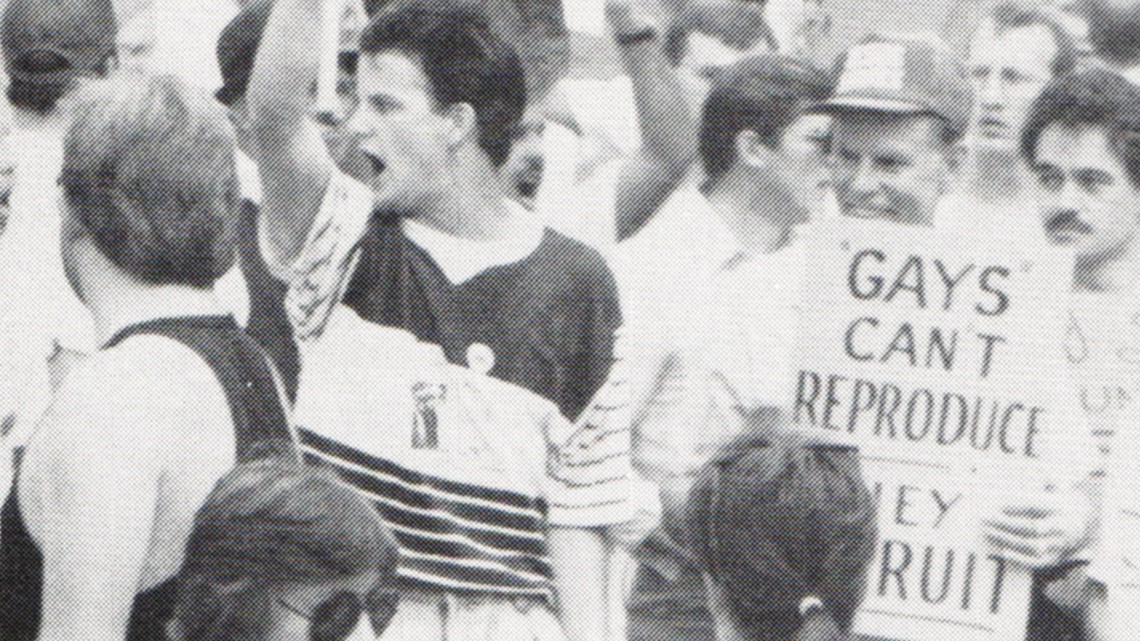
Politicians in the U.S. Congress expressed hateful rhetoric publicly. At one point, DeStefano remembers politicians from several states advocated for quarantining members of the gay community on an island.
He also recalls a situation during the second Pride event held on Monument Circle, when a large group of well-dressed men came in from a local church touting hateful rhetoric and looking to disrupt the celebrations.
"They're carrying the most hateful signs. Like, 'burn in hell' and 'you know fags killed Ryan White,' things like that," he said.
It would be a few years until that tension subsided, then actively morphed into some semblance of support.
"Years ago, nobody wanted to be aligned with the gay community. Once you got to the 2000s and we started having the parade at some point, it was a much bigger event," DeStefano said.

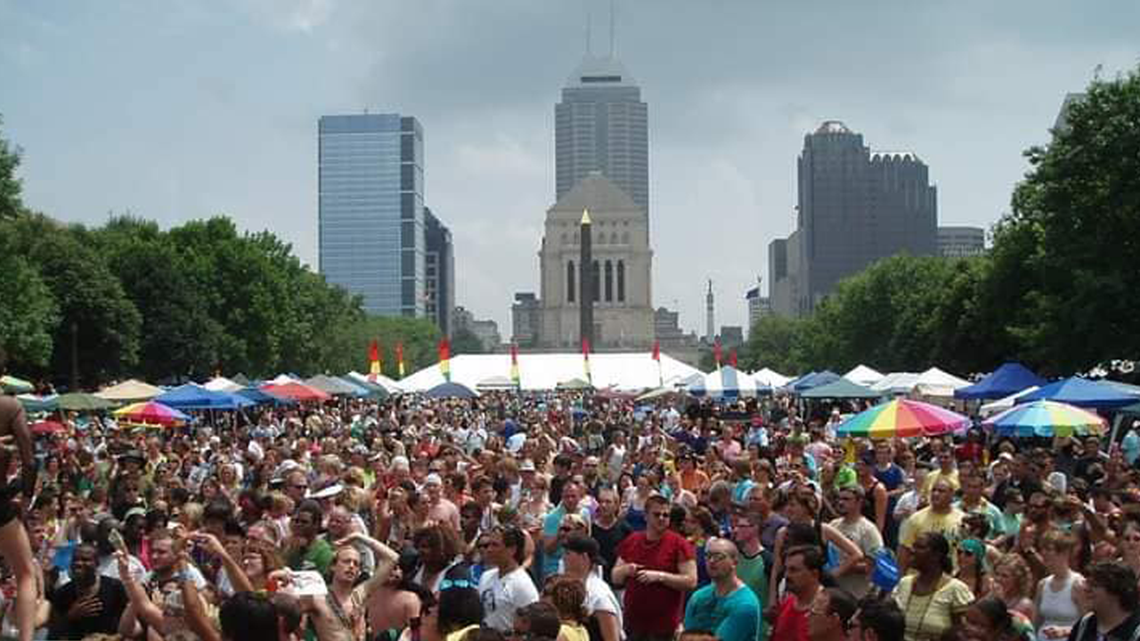
Now, Pride's visibility can serve a crucial role for the youngest members of the LGBTQ+ community. It provides a tangible space for people to connect and be accepted where they may not be otherwise.
In Indiana, civil rights protections for queer folks are still contingent on where you live. According to the Movement Advance Project, just 33% of the LGBTQ+ community in Indiana is "fully protected" against discrimination in the state.
The Equality Act, a bill that would protect LGBTQ+ people from discrimination in housing, education, health care, public accommodations, credit and many other areas of life, has gone nowhere since it was first introduced in March 2019.
As community organizers on the ground continue to fight for civil rights, DeStefano believes it is possible to acknowledge the pain of the past, while also delighting in part of what Pride Month has become — a visible symbol of growing acceptance in our culture and a reminder that the fight is still not over.
"Of course there are people in every community there are people who are anti-gay or anti-LGBTQ+. That's always going to be happening. But I think more and more people support the rights of gay people, and that's what we need to be fighting for. Full rights. Full equality. It's possible to acknowledge the past, and work for the future," DeStefano said.

